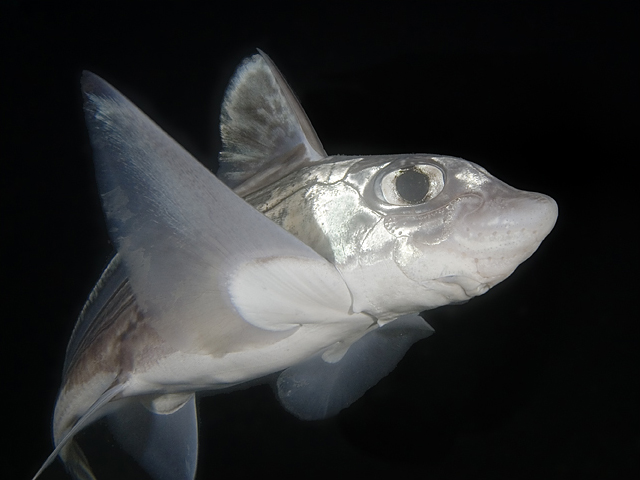


Now experts are concerned that certain ghost shark species might go extinct before scientists have a chance to study them. Scientists from the Shark Specialist Group, a division of the International Union for the Conservation of Nature, recently assessed the extinction risk of all confirmed ghost shark species and determined that 16 percent are “threatened” or “near threatened.” The assessment, which was published this month in the journal Fish and Fisheries, also found that 15 percent of ghost shark species are so understudied that their extinction risk cannot be determined. The absence of this key information makes it difficult for scientists to manage and monitor ghost shark populations, even as evidence mounts that some species may be at risk of extinction. Basic biological information, like how long they live and how often they reproduce, is lacking for most of the 52 known species. However, much remains to be learned about these strange creatures. They even learned that most male ghost sharks have a retractable sex organ on their foreheads that resembles a medieval mace. Over the past few decades, scientists learned that these cartilaginous fishes, also known as ratfish or Chimaeras, have been around for hundreds of millions of years, and that they have venomous spines in front of their dorsal fins and “fly” through the water by flapping their pectoral fins. Take one look at a ghost shark and you may say, “What’s up with that weird-looking fish?”


 0 kommentar(er)
0 kommentar(er)
